I have to be honest, if my son George and his lovely girlfriend Alex didn’t live in Potsdam, Germany, I’m not sure that we would have taken the time from our trip to Berlin to visit Potsdam, and that would have been a mistake.
Potsdam is an amazing city and different in so many ways from the nation’s capital, which is a mere 25kms away.
Potsdam is the capital city of the state of Brandenburg and has a population of 180,000. It was also part of East Germany until the German reunification in 1990.
The Prussian royal family made Potsdam their summer home in the 19th Century and there are no fewer than 17 palaces spread across the city’s three parks that combine to form one of the largest UNESCO World Heritage Sites in Europe.
The corollary of all this is a city that has avoided becoming a simple suburb or dormitory town of Berlin and has maintained a very distinct and individual flavour.
Getting to Potsdam from Berlin couldn’t be easier. Our preferred route was the S-Bahn S7 train from Alexanderplatz, which was close to our Berlin hotel and takes 35 minutes. Potsdam Hbf is the last stop, so don’t worry if you have a little nap, you won’t miss your stop!
The S7 also stops at Friedrichstraße and Hauptbahnhof AKA Berlin Central Station. You can also try the RE1 train, which will shave 10 minutes off the journey time, but we found these trains to be very busy, a bit hot and stuffy, and they don’t run as often. Furthermore, if you have a little doze, you might end up in Dresden!
That said, these are the 8 reasons why Potsdam is the best day trip from Berlin.
Table of Contents
1. Sanssouci Palace and Park
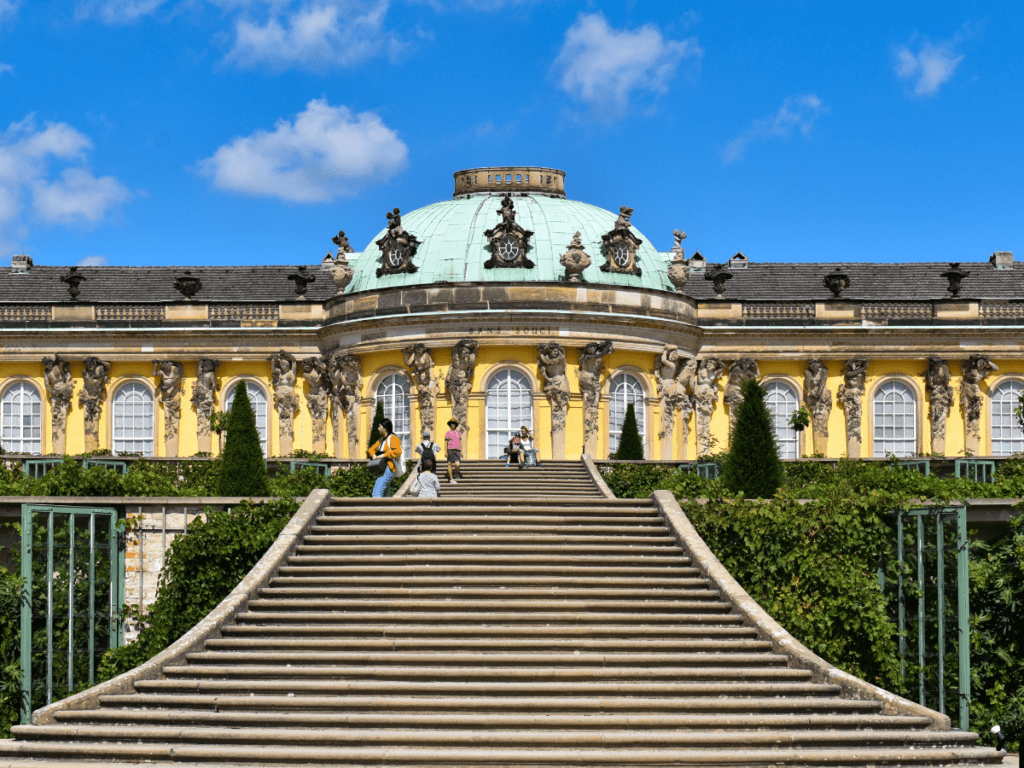
Sanssouci Park and the neighbouring area contain six of Potsdam’s 17 palaces. Most of these were built by Frederick the Great, including the stunning, Sanssouci Palace.
As you approach the palace you will be forgiven for thinking that you have been transported to France. That is deliberate as the palace is built in the Rococo style, an extremely lavish and theatrical style of Baroque architecture that was very popular in France at the time.
The name, as anyone with just a little French can explain, means without a care. This tells you all you need to know about what Frederick the Great wanted from his primary summer residence.
The park and grounds are free of charge, while a ticket to tour the interior costs €14 for adults and €10 for children, students and seniors.

Another stunner in Sanssouci Park is the Orangery Place built 100 years later than Sanssouci Palace by King Frederick William IV. This time rather than France, it’s Italy you’re transported to, as the Orangery was inspired by Villa Medici in Rome and Uffizi in Florence.
2. Babelsberg Park
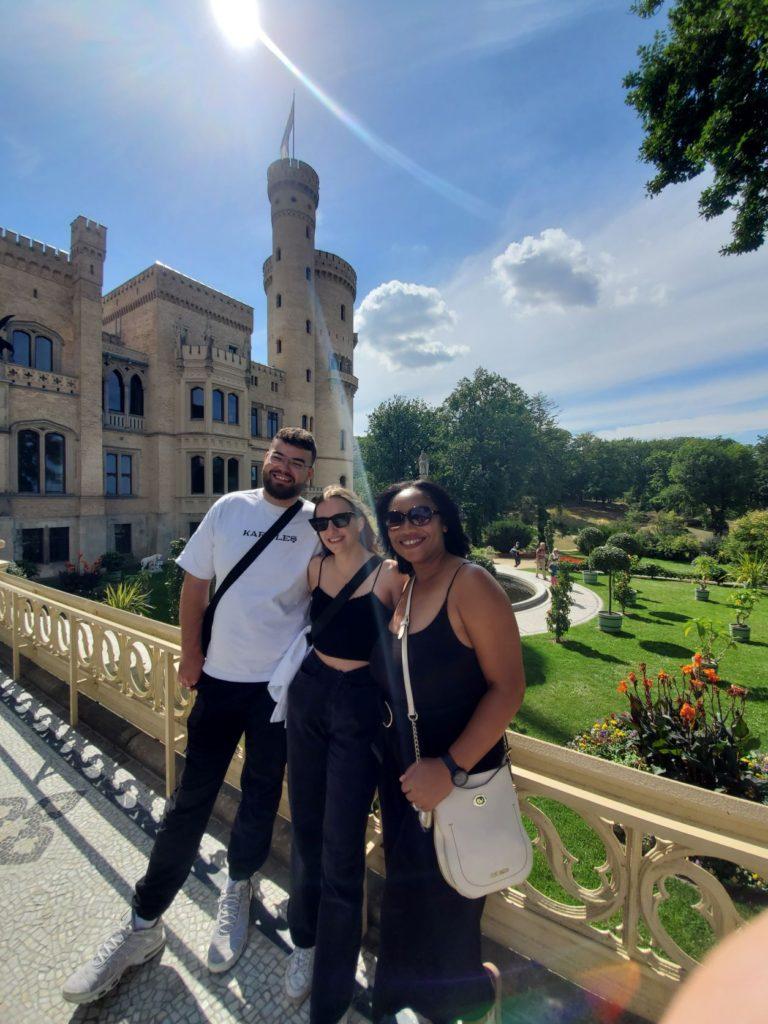
Set on the banks of the Tiefer See lake on the River Havel is the 124-hectare Babelsberg Park. Its style is very different from the Sanssouci and it is far less crowded. The park offers fabulous views across Potsdam, the lake and river and the Glienicke Bridge.
The park was commissioned in 1833 by the Crown Prince, who later became William I. There are several buildings of note, and the most interesting is the neo-Gothic Babelsberg Palace with its square and hexagonal towers and turrets. It provides a fascinating alternative to the French and Italian style architecture in Sanssouci Park.
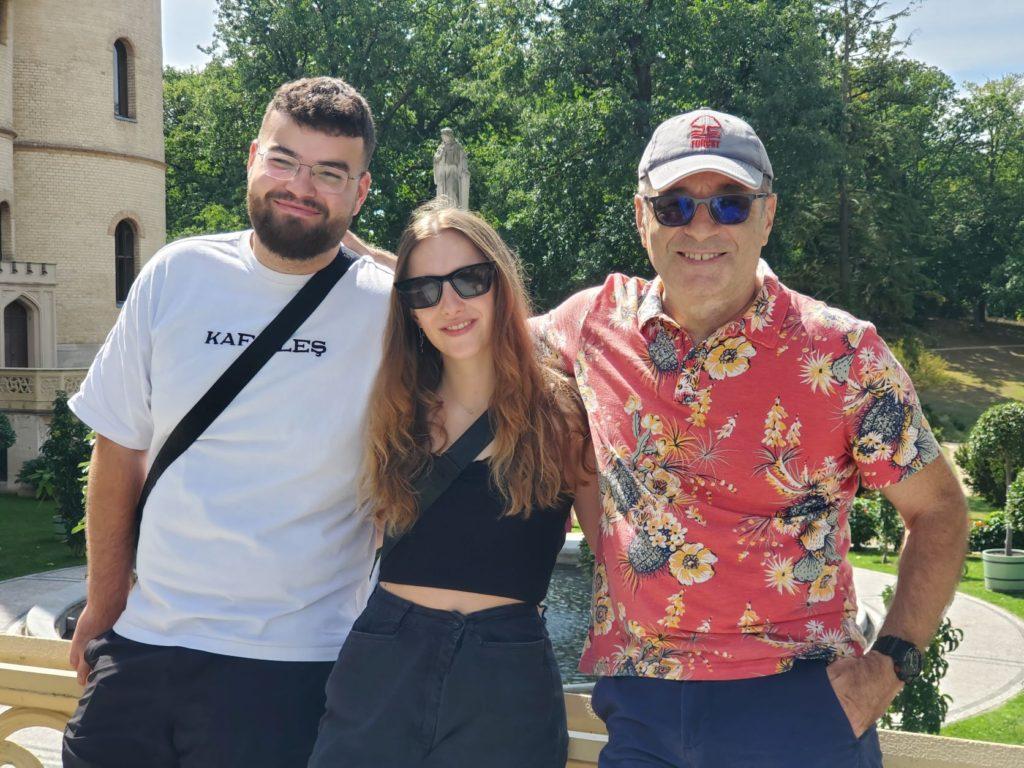
Don’t miss Strandbad beach, which is a great place to swim in the lake or just laze around in warm summer weather. You’ll often find open-air concerts being held here too. The park is open daily from dawn until dusk and admission is free.
3. Glienicke Bridge or The Bridge of Spies

If you’re a movie buff or interested in Cold War history, you’ll want to visit the Glienicker Brücke. It’s known as the bridge of spies, as it was used during the Cold War as a place to exchange spies. The nickname was entrenched thanks to the Steven Spielberg movie that was also called Bridge of Spies and starred Tom Hanks.
In the movie, as in real-life, the exchange of Soviet spy Rudolf Abel and American U2 pilot Gary Powers took place on Glienicke Bridge. Even today, the middle of the bridge marks the boundary between the states Brandenburg and Berlin, as it once did West Berlin and East Germany.
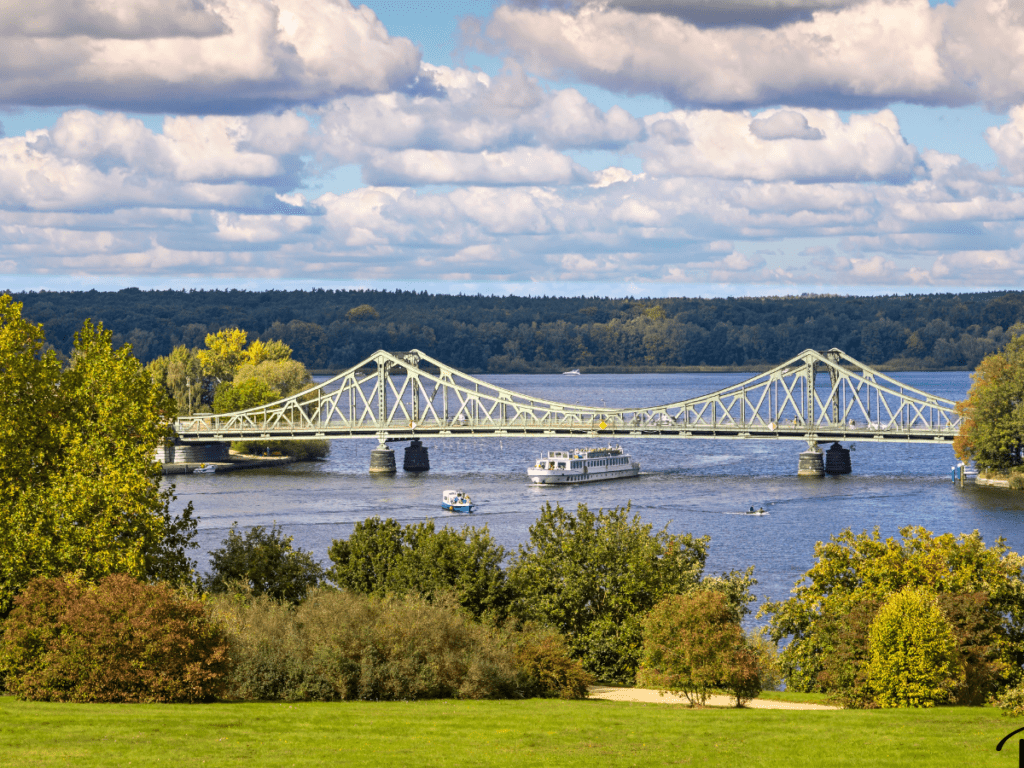
When viewed from Babelsberg Park, you can see that the west and east halves are painted in slightly different colours. As our host proudly pointed out to us, the Brandenburg side is better maintained than the half that is the responsibility of Berlin.
Glienicke Bridge is a short stroll from Babelsberg Park across Parkbrücke where you cross what was once part of the Berlin Wall. Just over Glienicke Bridge on the Brandenburg side, is a tram stop from where you can take a 10-minute ride back into the centre of Potsdam.
4. Filmpark Babelsberg

Despite the name, the Filmpark is not located close to Babelsberg Park, but it’s definitely worth the 15-minute bus ride from Potsdam Hauptbahnhof. It is the world’s oldest film studio and still a working movie production unit. Recent blockbusters that were filmed here, at least in part, include Inglourious Basterds, Captain America: Civil War and The Grand Budapest Hotel.
If you are lucky, you may even see a big-name film star in action. There is a fabulous museum, which shows the history of filmmaking in Germany from the 1927 classic Metropolis through Nazi propaganda films made by Joseph Goebbels to modern productions such as The Bourne Ultimatum.
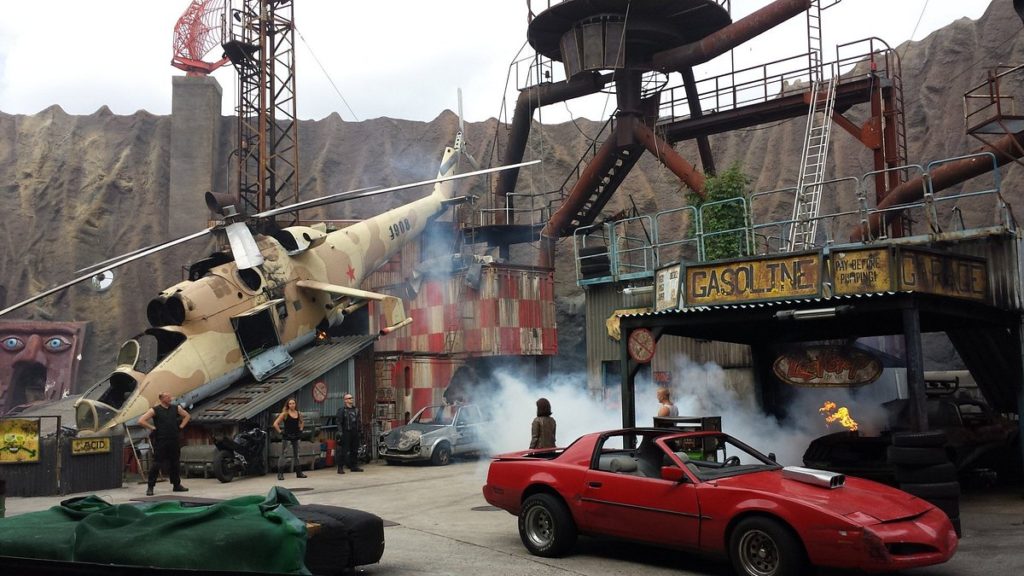
It also doubles as a theme park with a number of rides. These are not the most exciting, but worth the extra cost if you fancy a few run of the mill thrills.
5. Old Town Potsdam and the Original Brandenburg Gate
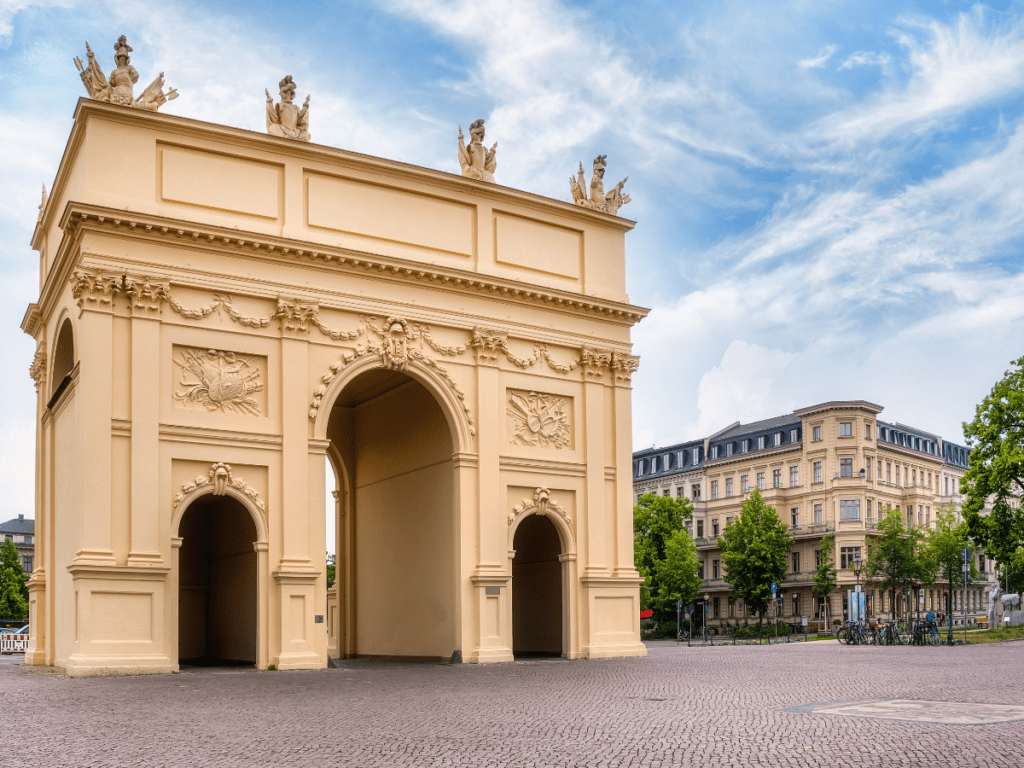
While the Brandenburg Gate in Berlin is an icon of Berlin, in the same way that the Eiffel Tower is to Paris, the Brandenburg Gate in Potsdam predates it’s more famous namesake by 20 years. Locals say that the gate in Berlin was modelled on the one in Potsdam, but I can’t find historical evidence to support this claim.
The Brandenburg Gate was once part of the city wall and since the wall was demolished in 1900, has been a freestanding structure. Two other gates can also be found around the city, the Jagetor and Nauen gates.

On one side of the Brandenburg Gate is Luisenplatz, where you will often find a market or fair taking place and on the other is Brandenburger Straße, a delightful pedestrianized street lined with 18th century buildings that are now home to various restaurants, cafes and bars.
An interesting fact about the Brandenburg Gate is that the two sides are not only very different but were actually designed by different architects. Carl von Gontard designed the city side, while his pupil, Georg Christian Unger, was responsible for what was at the time facing the countryside.
6. Alter Markt and St Nicholas’ Church
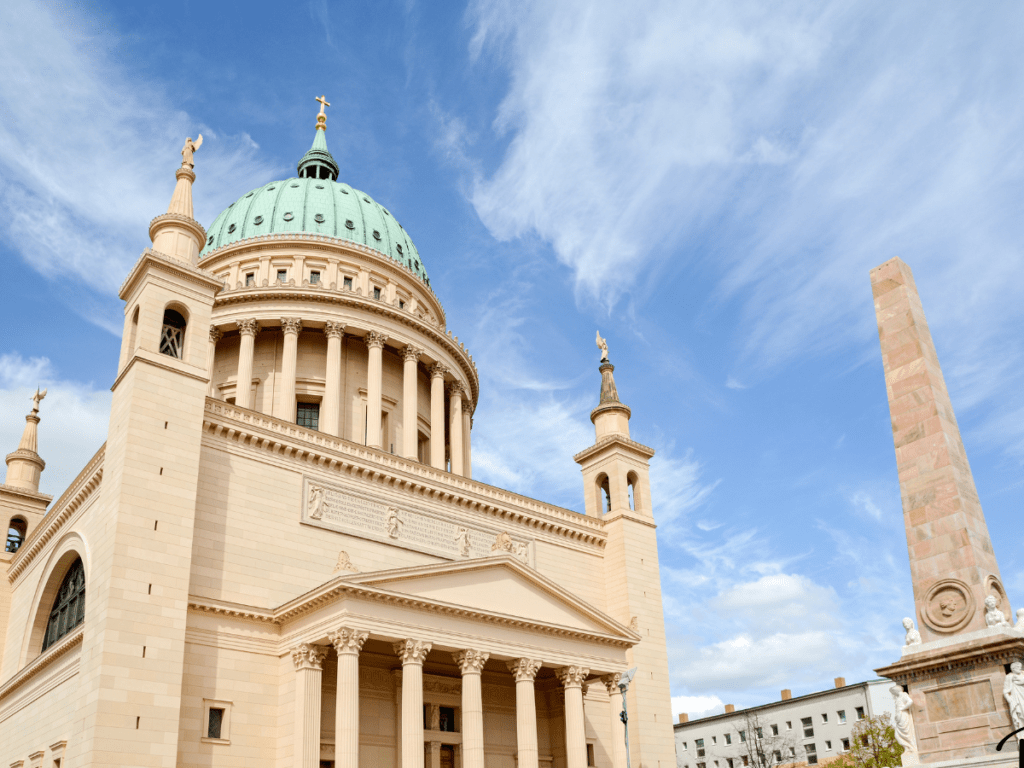
The Old Market Square, or Alter Markt, is the historical centre of Potsdam. Sadly, most of the building were destroyed during World War II and what you see today were carefully rebuilt replacements that are effectively replicas.
In the centre of the square is a marble obelisk which was restored in 1979. The shaft of the obelisk originally depicted rulers from the House of Hohenzollern such as Frederick the Great while the restored version now shows portraits of local architects including Carl von Gontard and Karl Friedrich Schinkel.
Alter Markt is dominated by the Lutheran Church of St Nicholas. After many years of reconstruction efforts, the church was reconsecrated in 1981. Today it is an active place of worship, holds concerts and is open for visitors to tour.
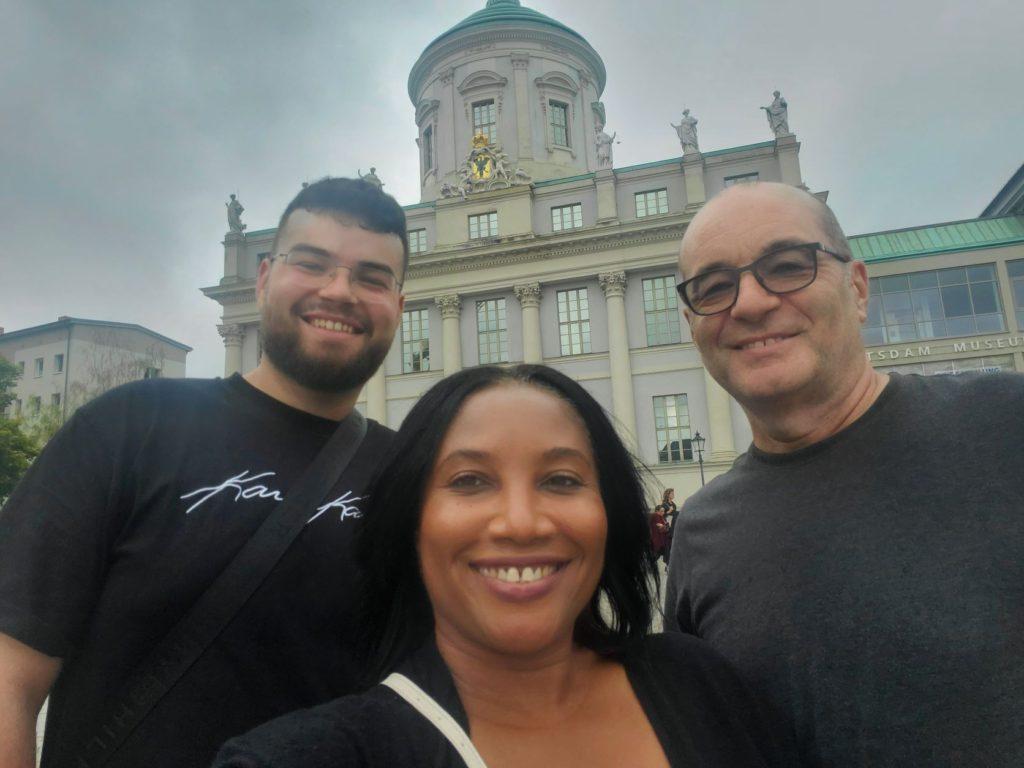
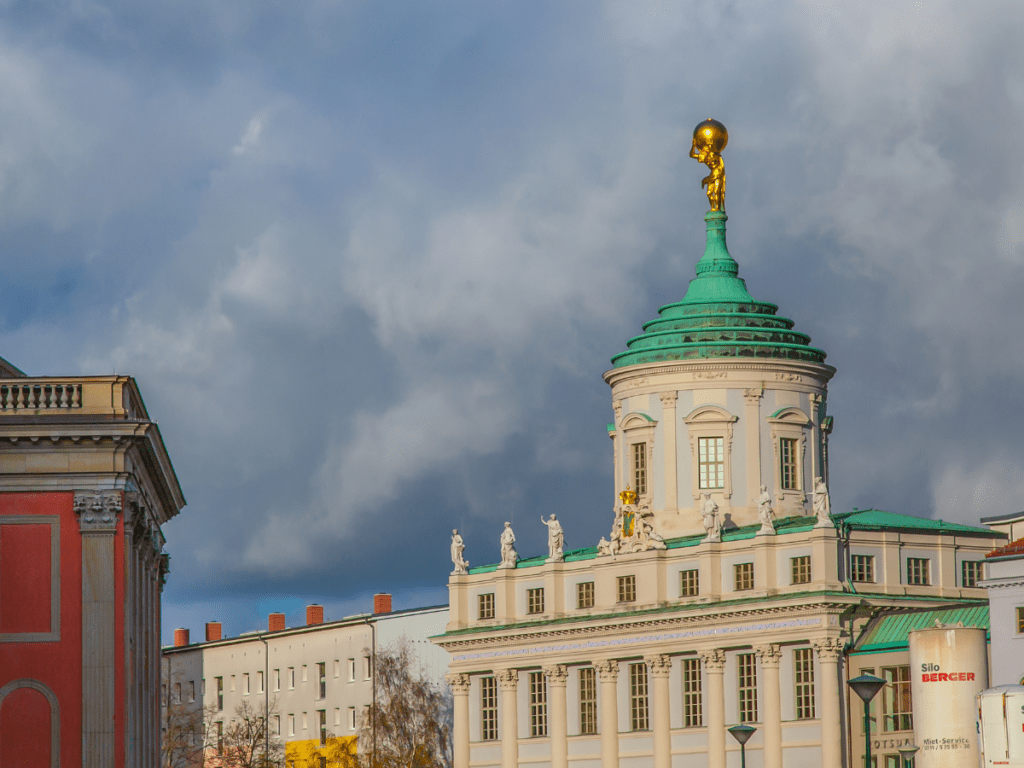

Next to the Church is The City Palace, a former royal residence. It was largely destroyed by Royal Air Force bombing in 1945 and the ruins were removed by the Communist authorities in 1960 for ideological reasons. The reconstruction was completed in 2013 and the building now contains the Brandenburg state pariliament.
The overall effect of Ater Markt can be a little unnerving. In many ways you are seeing the buildings as they looked in the 18th Century, when they were relatively new. In other ways it’s a bit like the fake facades of Epcot Centre in Disney World, Florida. I couldn’t quite reconcile the conflict.
7. Schloss Cecilienhof
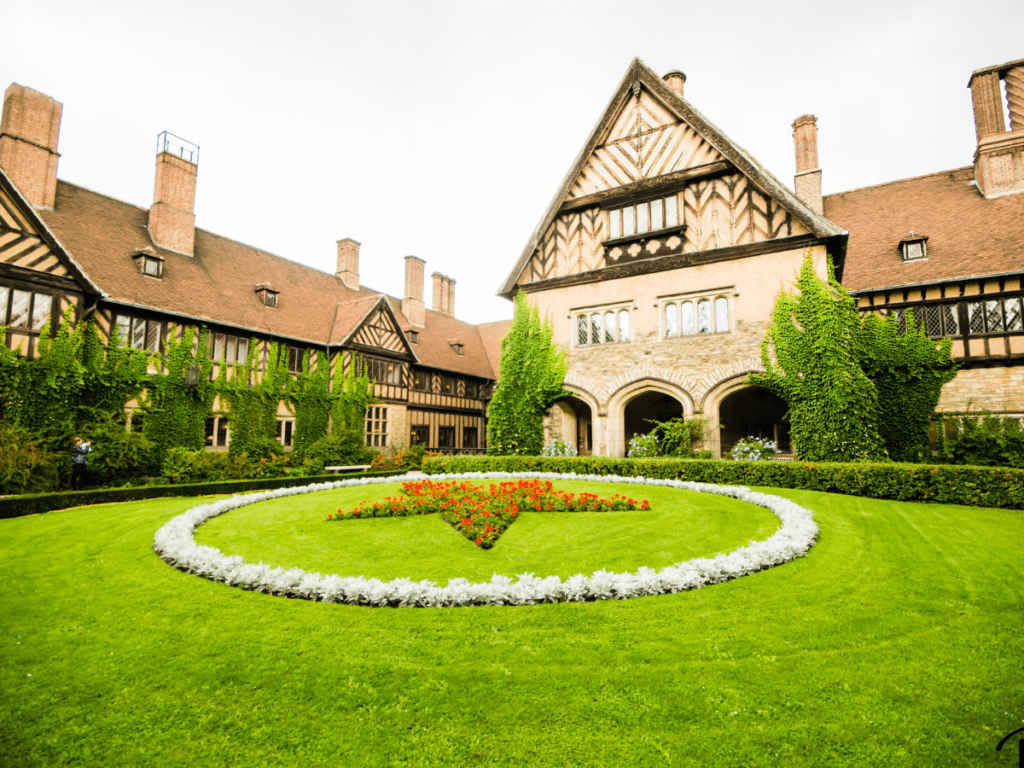
Another incongruous building is Cecilienhof Palace. It was built in the style of a Tudor country house and would look more at home in the English countryside. Cecilienhof was the last palace built by the German royal family, in 1917, but that’s not why it’s famous.
Cecilienhof was the centre of the world from 17 July to 2 August 1945 when US President Truman, Soviet Leader Stalin and British Prime Minister Churchill, and their entourages met for the Potsdam Conference to decide the fate of post war Germany. It’s also seen to mark the start of the Cold War.

The building is now a museum and is beautifully preserved as it was in 1945, including the main conference room. The gardens are charming too.
8. KGB Prison Leistikowstraße
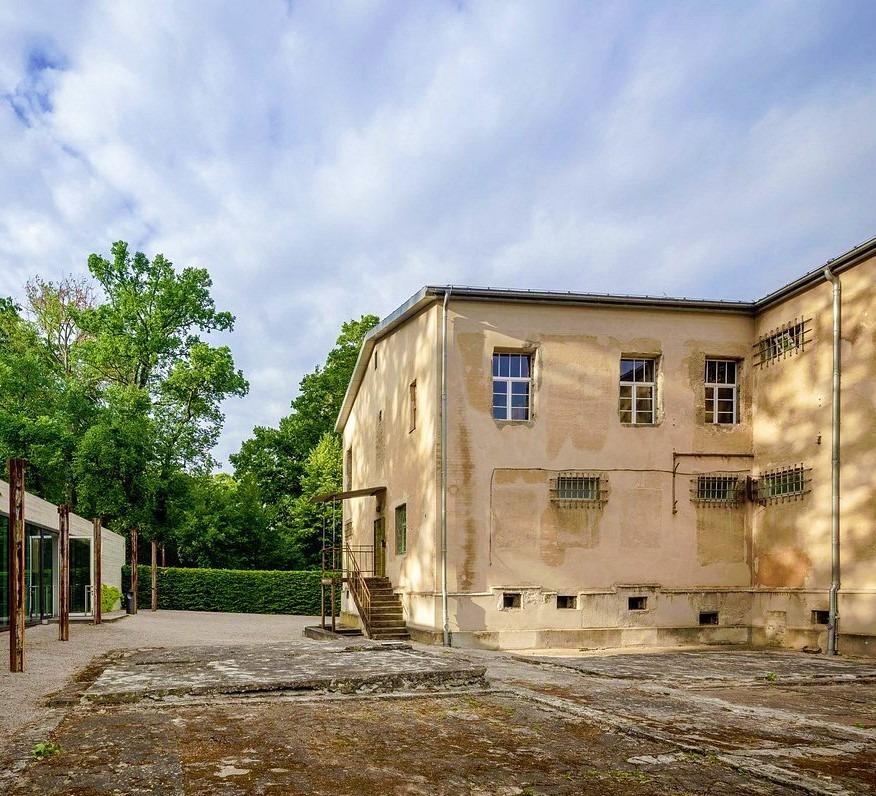
You can complete the segue from the Potsdam Conference to the Cold War by visiting the nearby Memorial Leistikow Strasse, a former Nazi and KBG prison. Originally a church building, it became a prison and housed political prisoners from 1939 until the late 1980s.
The building has been restored and in 2012 was opened to the public as a memorial to the many innocent victims who suffered and died here, as well as a museum. It’s a fascinating but not fun place to visit and has been described as “dark tourism” which really makes sense to me.

It’s a foreboding building. While there are many interesting displays, telling stories of the horrors that took place there, it’s the old cell blocks that are the most chilling. It’s certainly a sobering follow-up to the celebratory flavour of the museum at Cecilienhof, just a few minutes’ walk away.
Despite being relatively small, Potsdam offers so much for the visitor. There is easily enough to fill a fabulous day and there are many other wonderful attractions that we didn’t find time to visit.
These include the Barberini Art Museum, the Dutch Quarter, the New Garden (Neuer Garten) Park, the Chinese House, the Church of Peace, Charlottenhof Palace and much more.
Tell us what you think about this article on Potsdam by dropping us a comment below. Is it on your list of places to visit in Europe? Have you ever been before?
Author
Nick Abbott
Hi, I’m Nick. Visiting foreign countries has been an important part of my life since my parents moved to Kano in Nigeria in 1977. Since then, as both a military officer and in later jobs I have enjoyed the huge privilege of being exposed to many different countries and cultures.
I am delighted to be able to support my wife Monique and Yes2Yolo primarily by contributing travel articles, providing editing and proof-reading services and being a general sounding board.


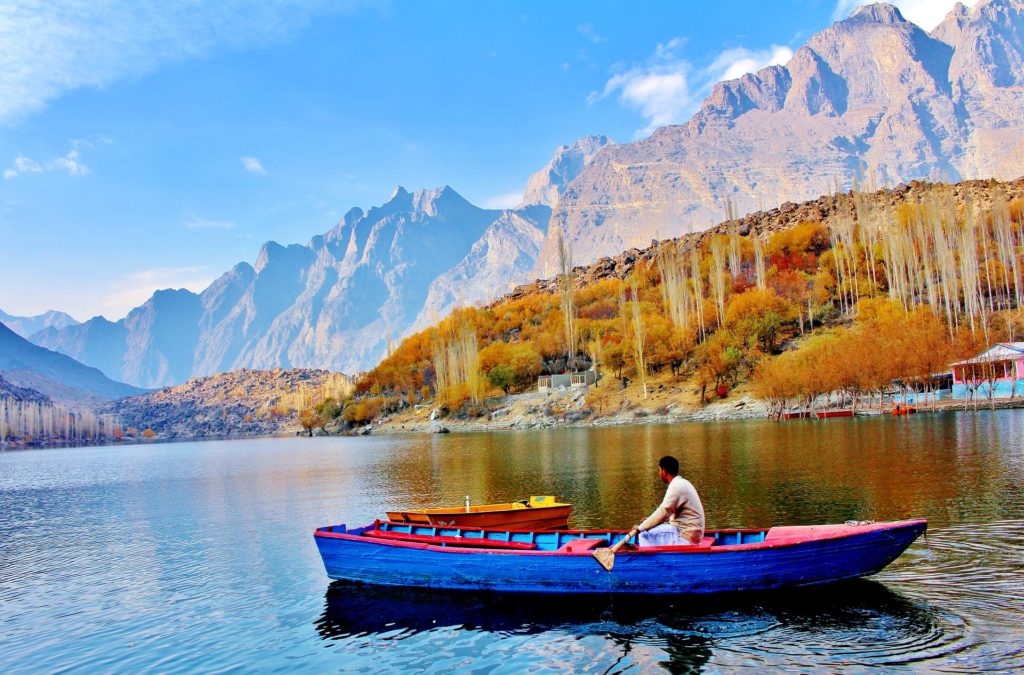
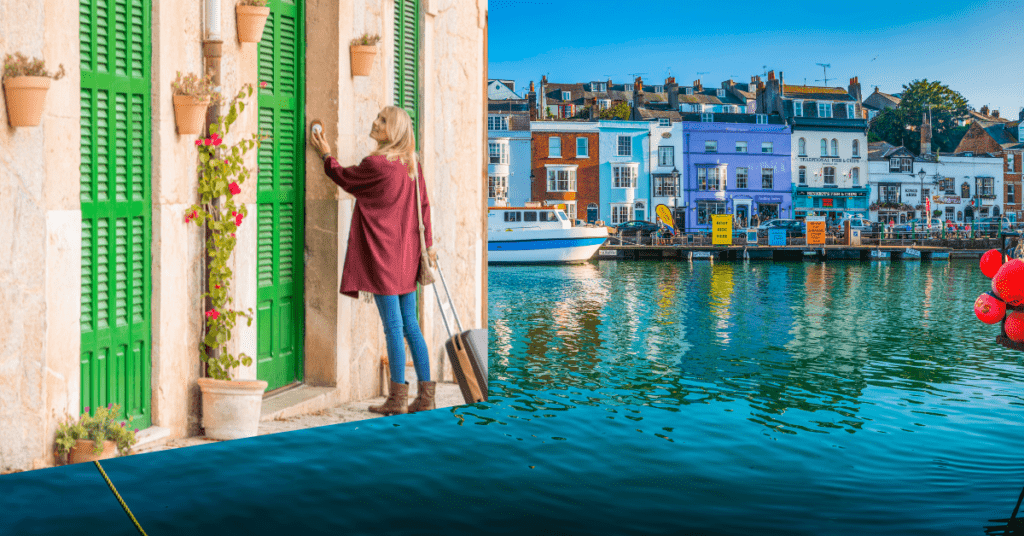
Your articles are always an interesting read! Keep em coming 🙂
Thank you so much Elizabeth! Really appreciate the positive feedback as always!